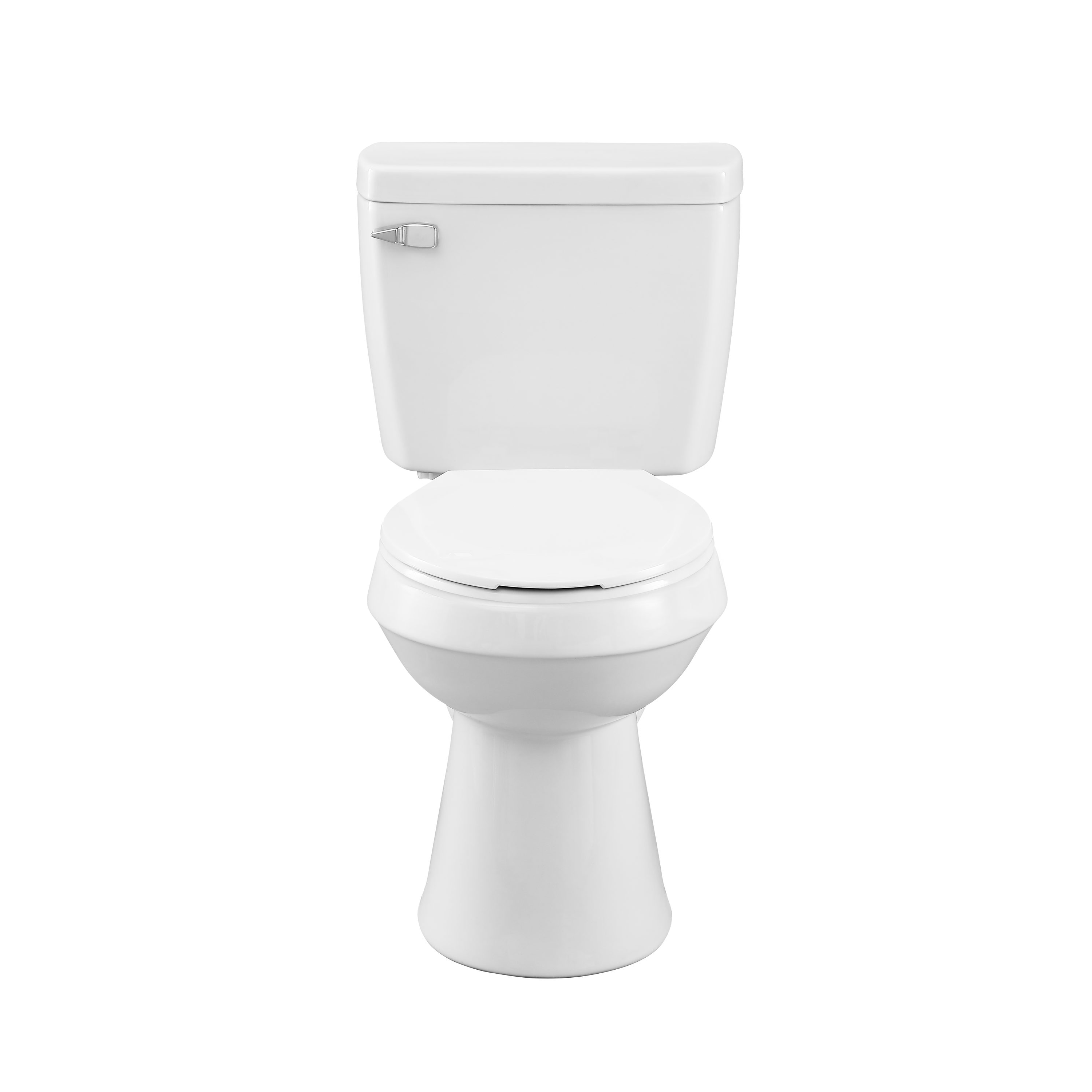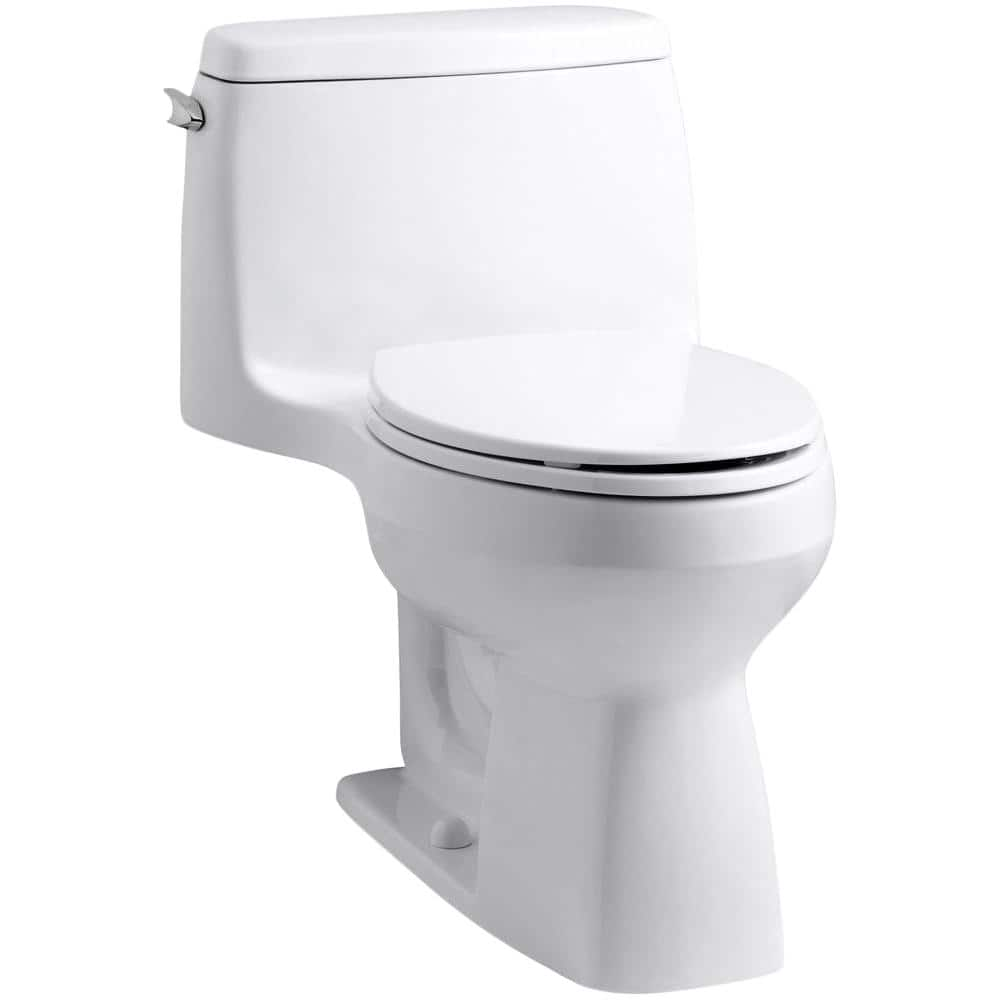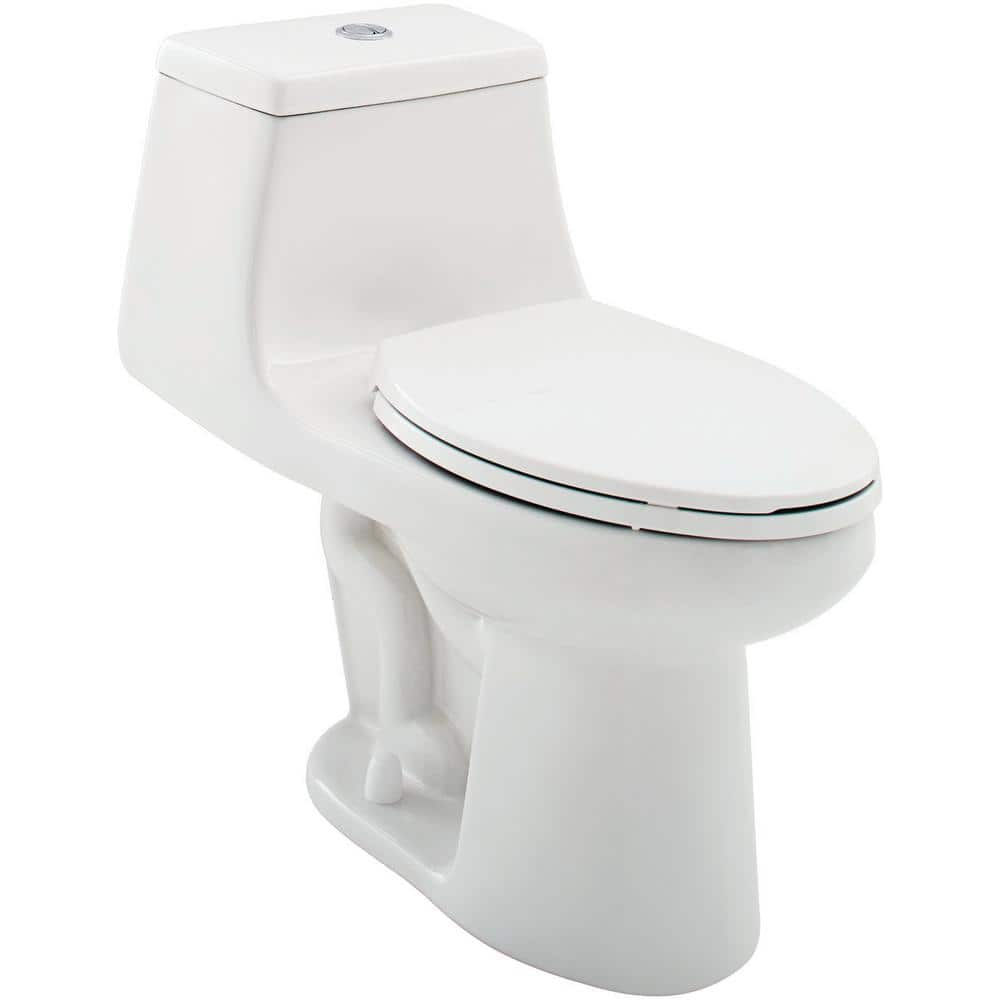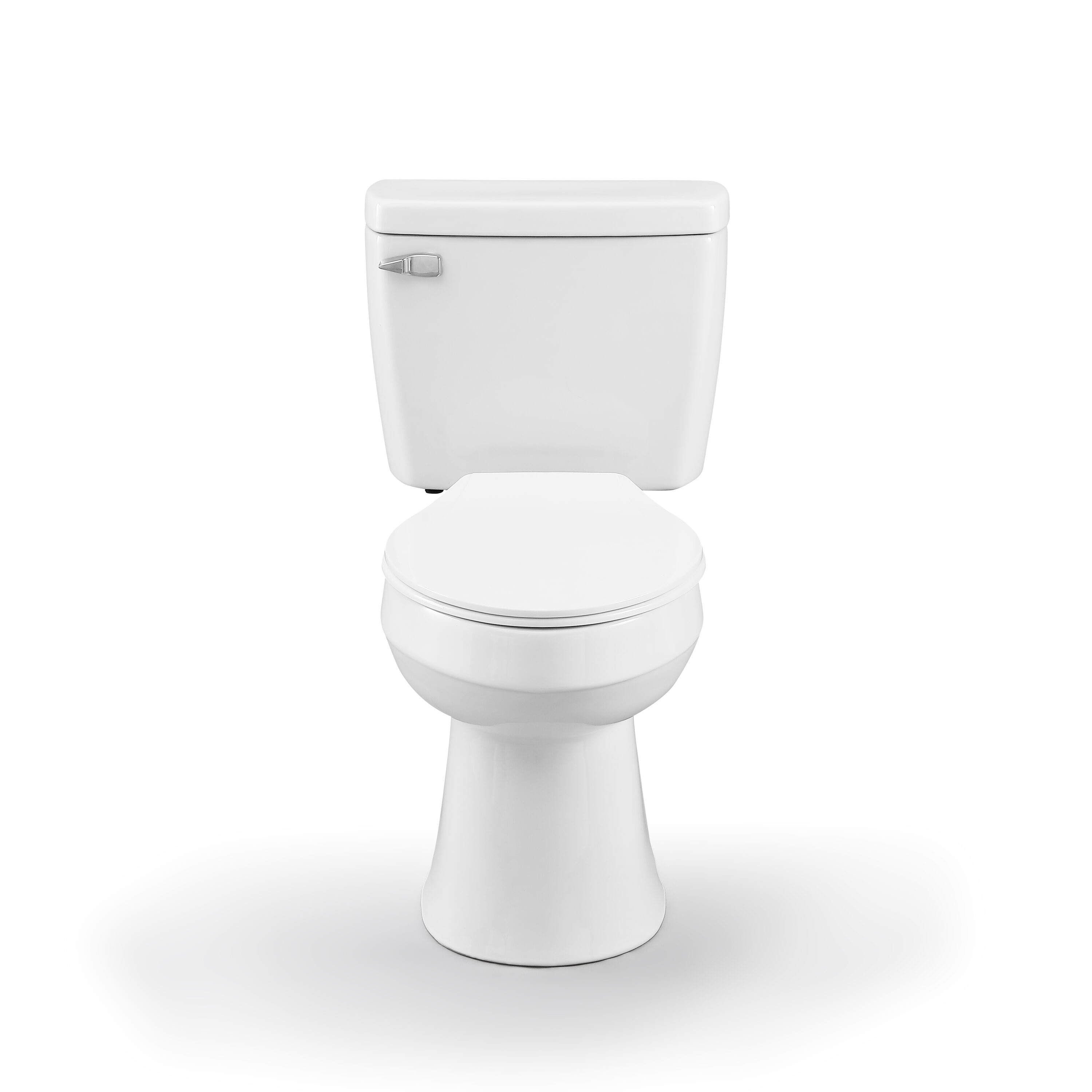Project Source Pro-Flush White Round Chair Height 2-piece WaterSense Toilet 12-in Rough-In 1.28-GPF
The Project Source Pro-Flush 2 piece round white toilet provides a powerful 1.28 GPF. It features a round bowl for comfortable use. The toilet offers a WaterSense certified design to help conserve water without sacrificing performance.
The Project Source Pro-Flush 2 piece round white toilet provides a powerful 1.28 GPF. It features a round bowl for comfortable use. The toilet offers a WaterSense certified design to help conserve water without sacrificing performance.
- Round-front bowl offers an ideal solution for smaller bathrooms and powder rooms
- Chair height makes sitting down and standing up easier for most adults
- High efficiency single flush 1.28 gpf/4.8 lpf powered by Fluidmaster
- Fluidmaster fittings , fill valve and a 3-in flush valve with silicone seal
- Two piece configuration allows ease of access to the area around the toilet
- Left-hand Polished Chrome trip lever
- 2-in fully glazed trapway provides an excellent flushing operation
- Standard 12-in rough-in design
- Easy installation with tool-free bolt caps
Additional information
| Hardware Finish | Gloss |
|---|---|
| Color/Finish Family | White |
| Manufacturer Color/Finish | White |
| Hardware Color Family | Chrome |
| Type | 2-piece |
| UNSPSC | 30181500 |






by John
This is a very good toilet. We had a plumber tell us not to buy an expensive toilet because this brand would be just as good. He was right.
by Sarah
Nice toilet. Love the elongated seat, more comfy. Great price.
by Marilyn
Price and all the guts were included!